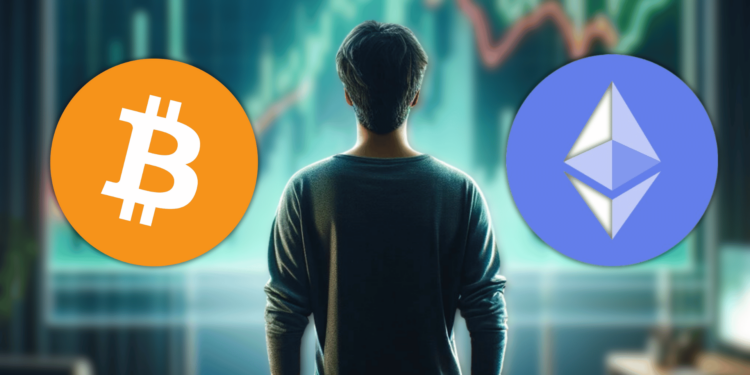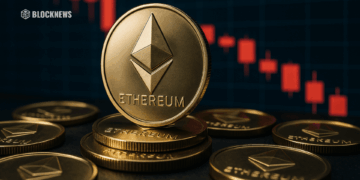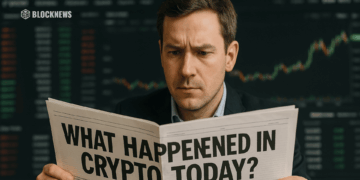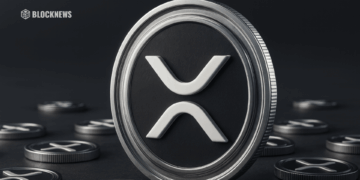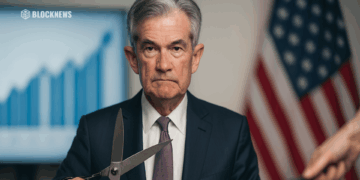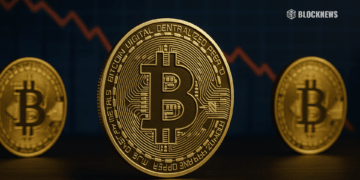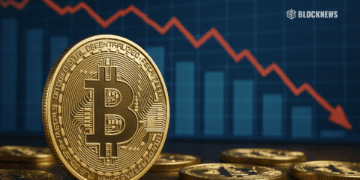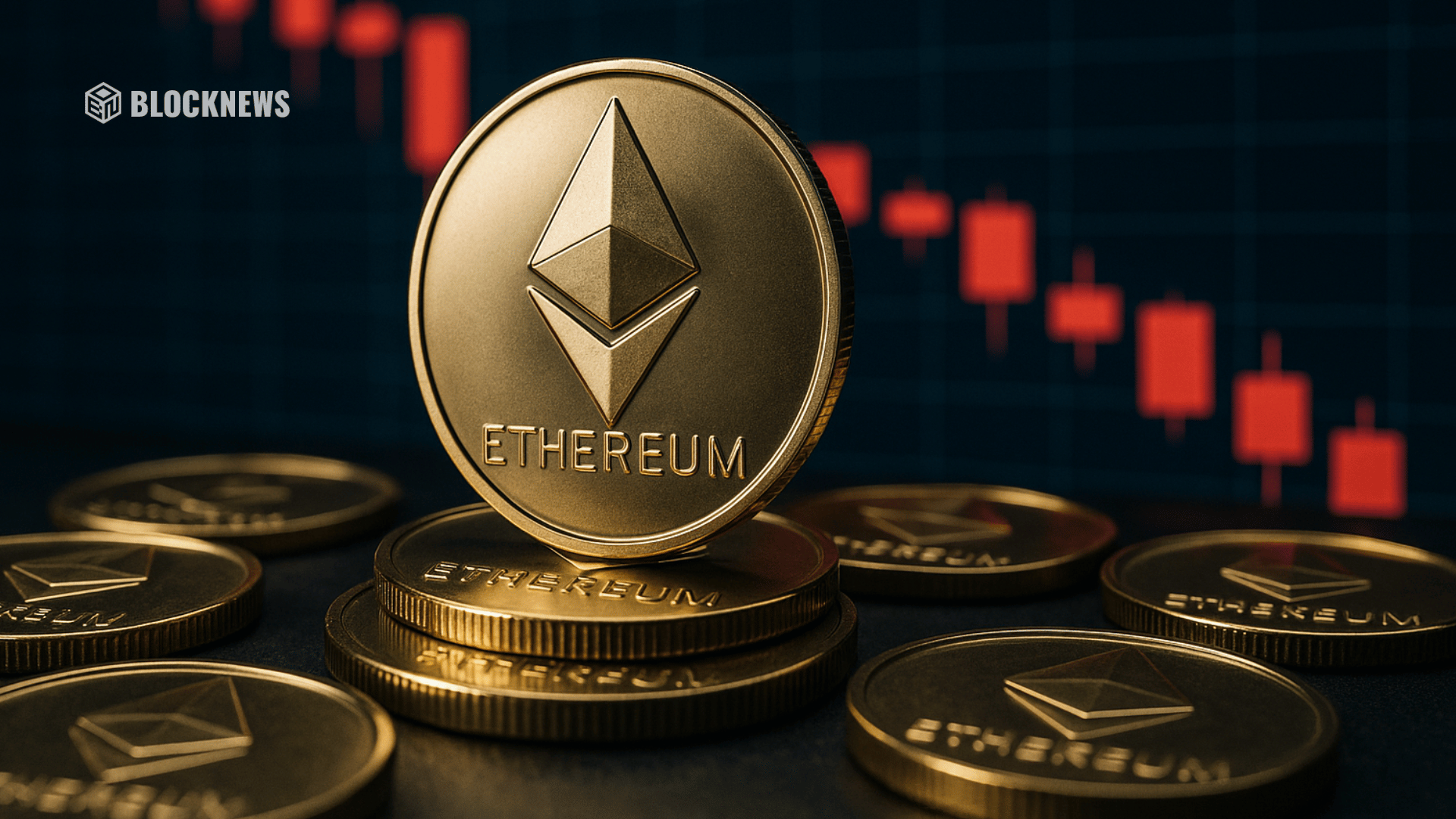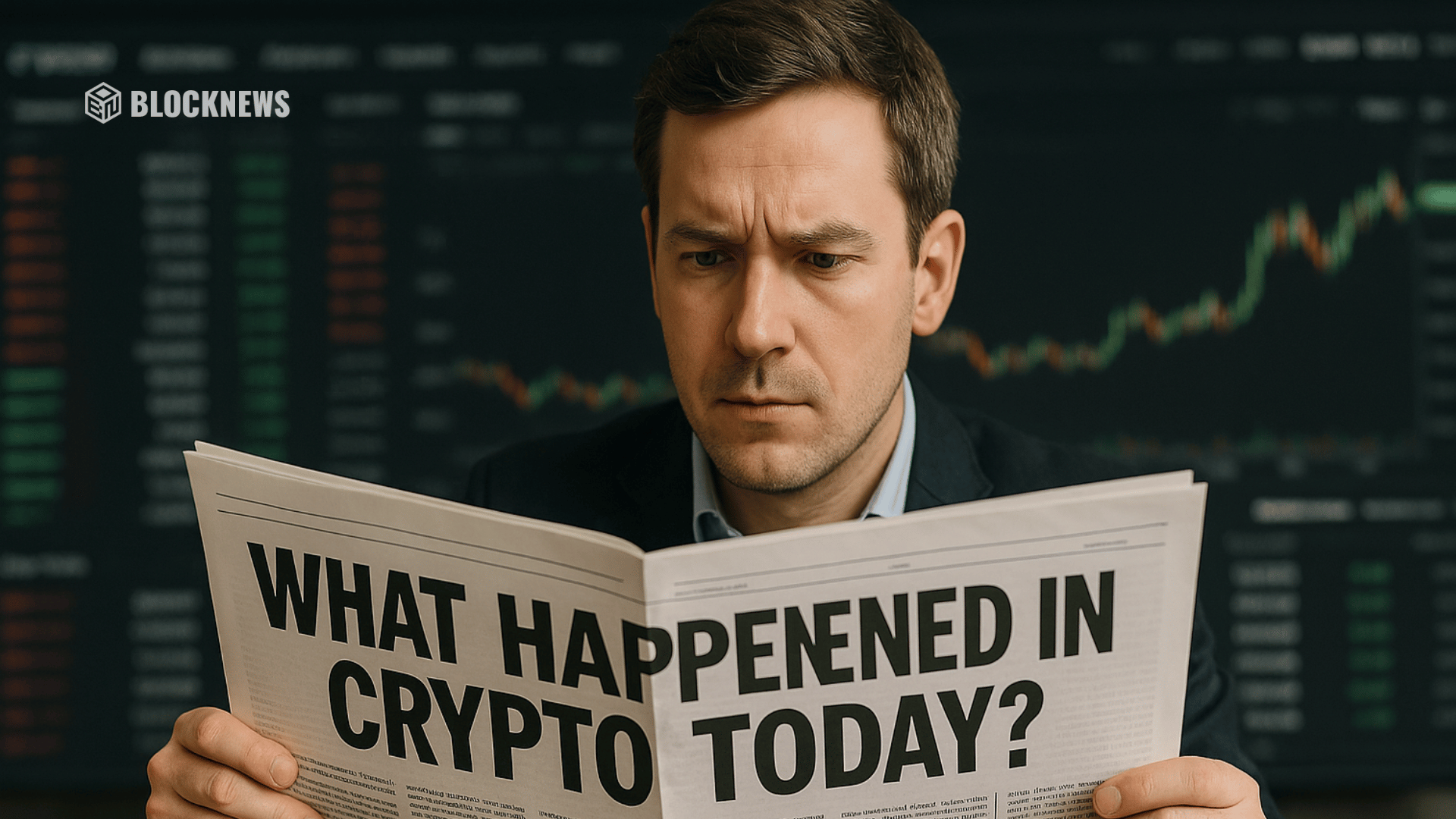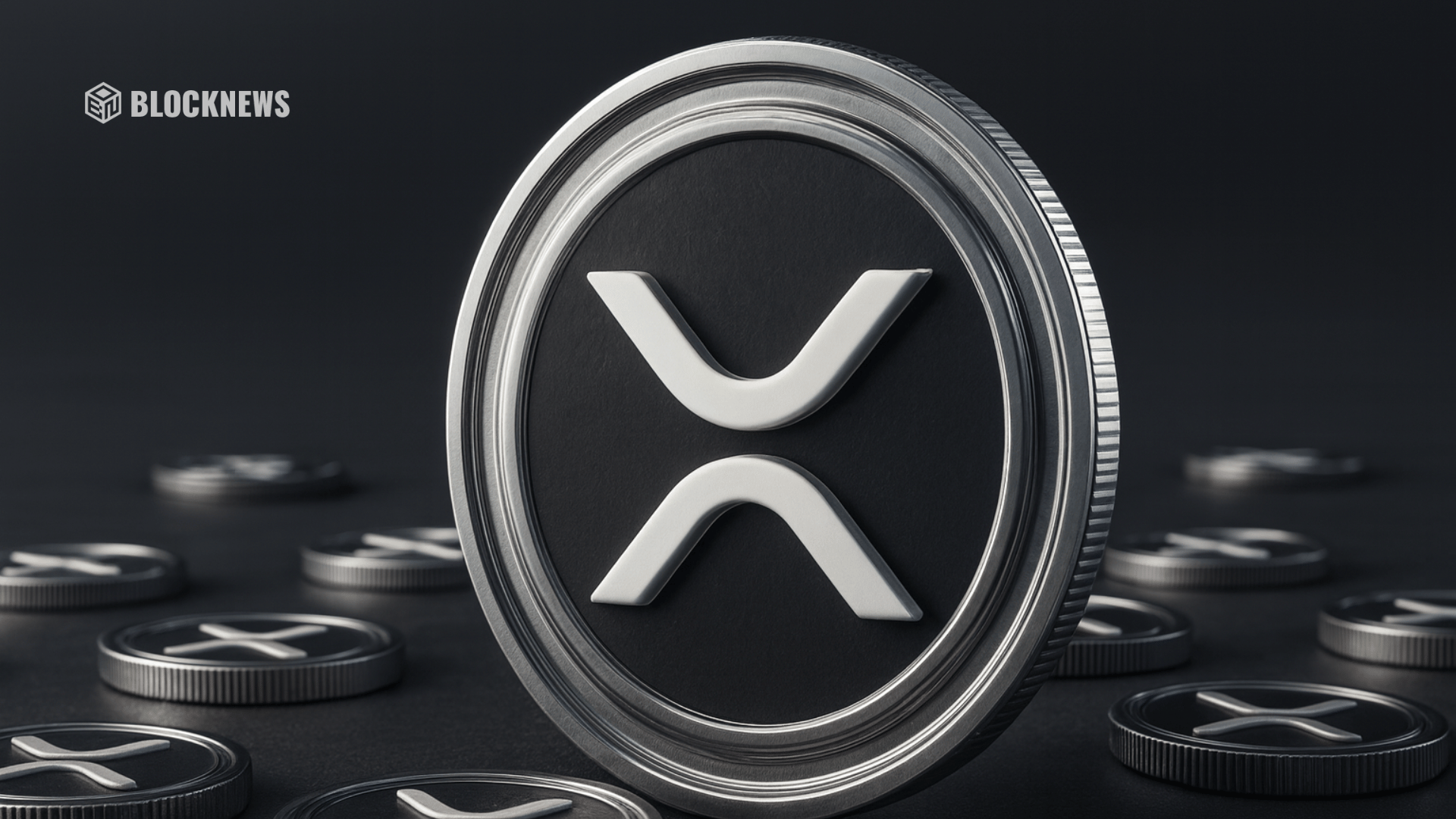- Schwab Asset Management’s annual ETF study shows investors, particularly Millennials, have strong interest in investing in cryptocurrency ETFs over the next year.
- 62% of Millennials plan to invest in cryptocurrency ETFs in the coming year, compared to 44% of Gen X and 15% of Baby Boomers.
- The study indicates that Millennials have higher confidence in their investing abilities and a greater appetite for risk compared to other generations.
Millennials have a growing interest in cryptocurrency ETFs compared to other generations, according to a new study by Charles Schwab.
Schwab’s Annual ETF Study
Schwab Asset Management recently released its annual ETF study, which looks at investors’ interests over the next year. The study found that Millennial investors in particular are interested in gaining exposure to cryptocurrencies through ETFs.
According to the survey, 62% of Millennials plan to invest in crypto ETFs in the next 12 months. That’s compared to just 44% of Gen Xers and 15% of Baby Boomers who plan to invest in crypto ETFs.
The study also found that Millennials have more confidence in their investing abilities than other generations. Millennials were more likely to say they can outperform the market and that they prefer taking on more risk for higher returns.
Growing Interest in Crypto
More broadly, the Schwab study found growing interest in cryptocurrencies among ETF investors of all ages.
65% of ETF investors plan to increase their ETF investments overall in the next year. And many are looking at crypto ETFs as a way to gain exposure to digital assets.
This trend comes after the launch of the first spot Bitcoin ETFs earlier this year. Those products have seen explosive growth, generating over $426 billion in trading volume so far.
Conclusion
In summary, the annual Schwab ETF study shows surging interest in crypto ETFs, especially among Millennial investors. As digital assets become more mainstream, more investors appear eager to get exposure through ETF products. Crypto ETFs are bridging the generational investing gap and attracting greater interest from traditional investors.


